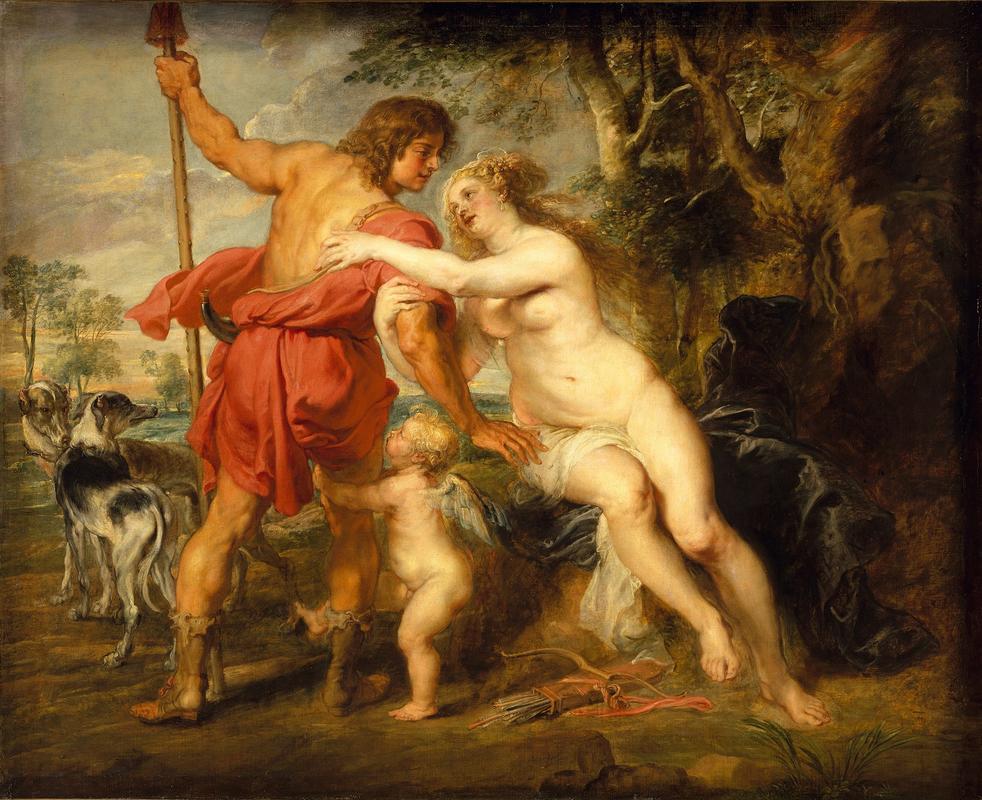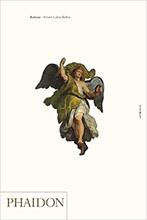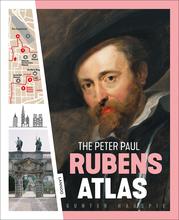More about Venus and Adonis
- All
- Info
- Shop

Contributor
I know you all know about Venus (or at least the de Milo version) but you also know Adonis, right?
Son of a king and his daughter (it’s ancient Rome! Get over it!), he was a total looker. He had a legendary bod with a face to match. I’m telling you… this guy was a total Adonis.
Adonis was so incredibly good looking that he was too good for the goddess of love, who--if her profession is indicative of anything--was probably the prettiest of all the goddesses. But somehow the immortal beauty was still considered to be a 9 to his 10 (by him and no one else, I’m sure). Venus wouldn’t even be so smitten with this guy if she hadn’t had the unfortunate grazing of cupid’s arrow afflict her with the love bug.
Venus was obsessed and really worried about him because Adonis was a hunter and that’s totally dangerous. And she had a right to be worried, it turns out, because Adonis got killed by a wild boar, and even with her goddess speed and goddess powers, she got there too late and couldn’t save the guy. Tragic.
The scene in this painting depicts what happened right before Adonis’s final hunting trip. Venus implores him not to go, but Mr. Too-Cool-For-School can’t bother to hear a supernatural being’s warnings. And look what happened. Lesson? Always listen to your lady.
Featured Content
Here is what Wikipedia says about Venus and Adonis (Rubens, 1635)

In 1635, Peter Paul Rubens created Venus and Adonis, now in the Metropolitan Museum of Art, New York.

Rubens
Born in 1577 in Siegen, Peter Paul Rubens is considered one of the most influential Baroque artists, especially in Flemish Baroque tradition. During the early 1600s, Rubens was employed and patroned by Vicenco I Gonzaga. Working for Gonzaga allowed Rubens to travel all throughout southern Europe and gain knowledge and inspiration from high Renaissance and Baroque artists. This helped him develop his own artistic style. While in Madrid in 1628, Rubens produced a copy of Titian’s work and used it as influence for his piece.
Check out the full Wikipedia article about Venus and Adonis (Rubens, 1635)














